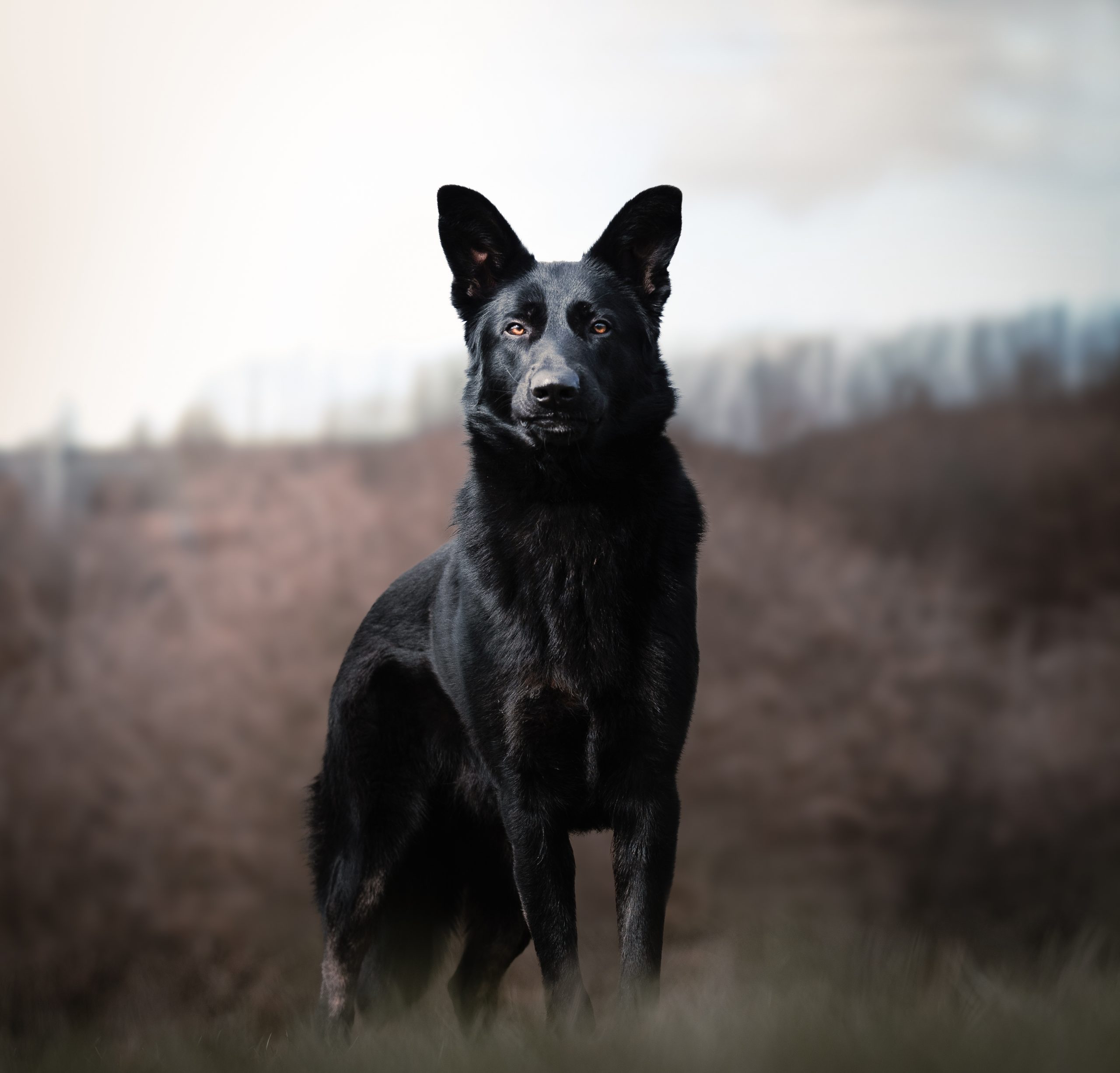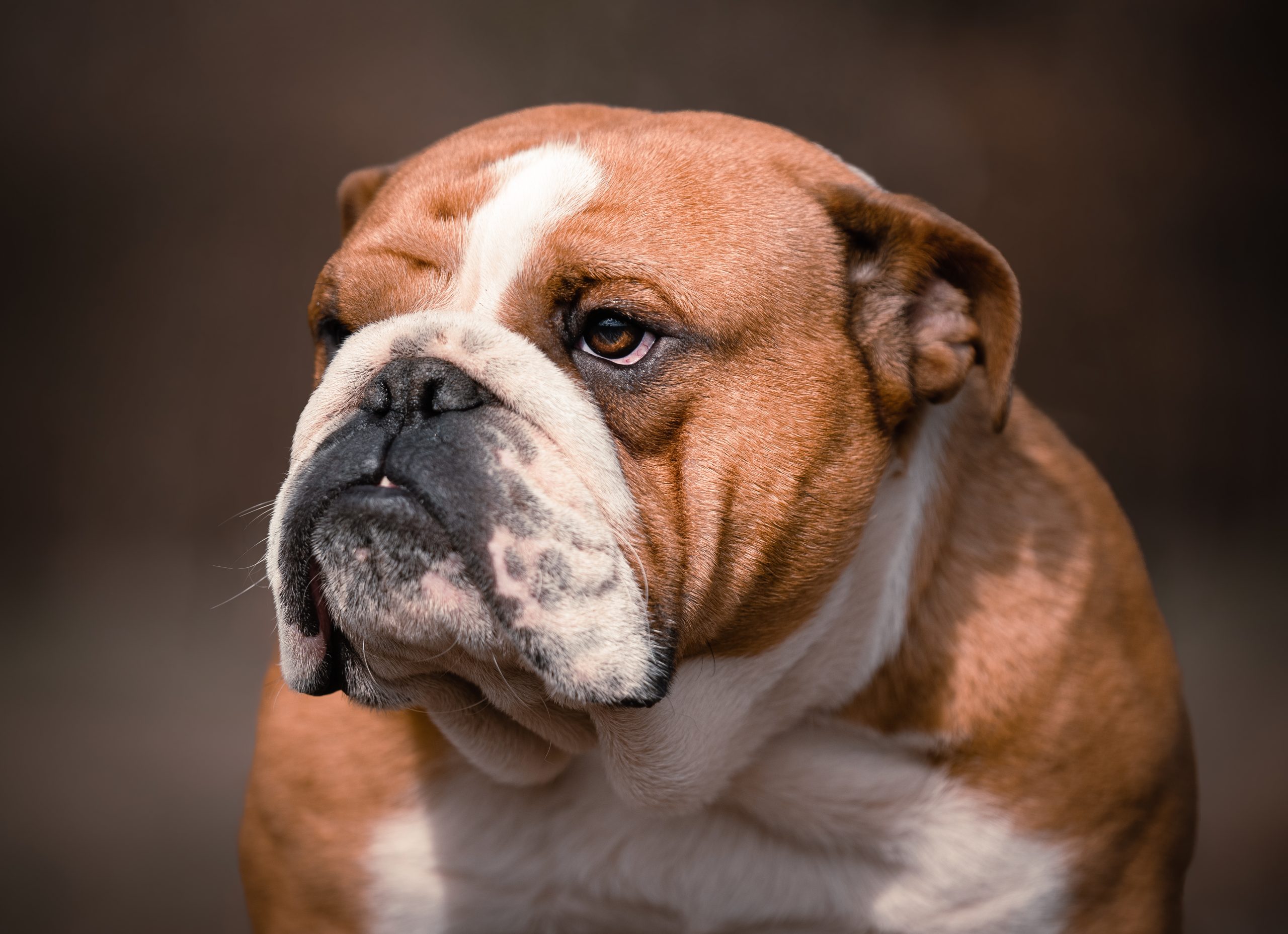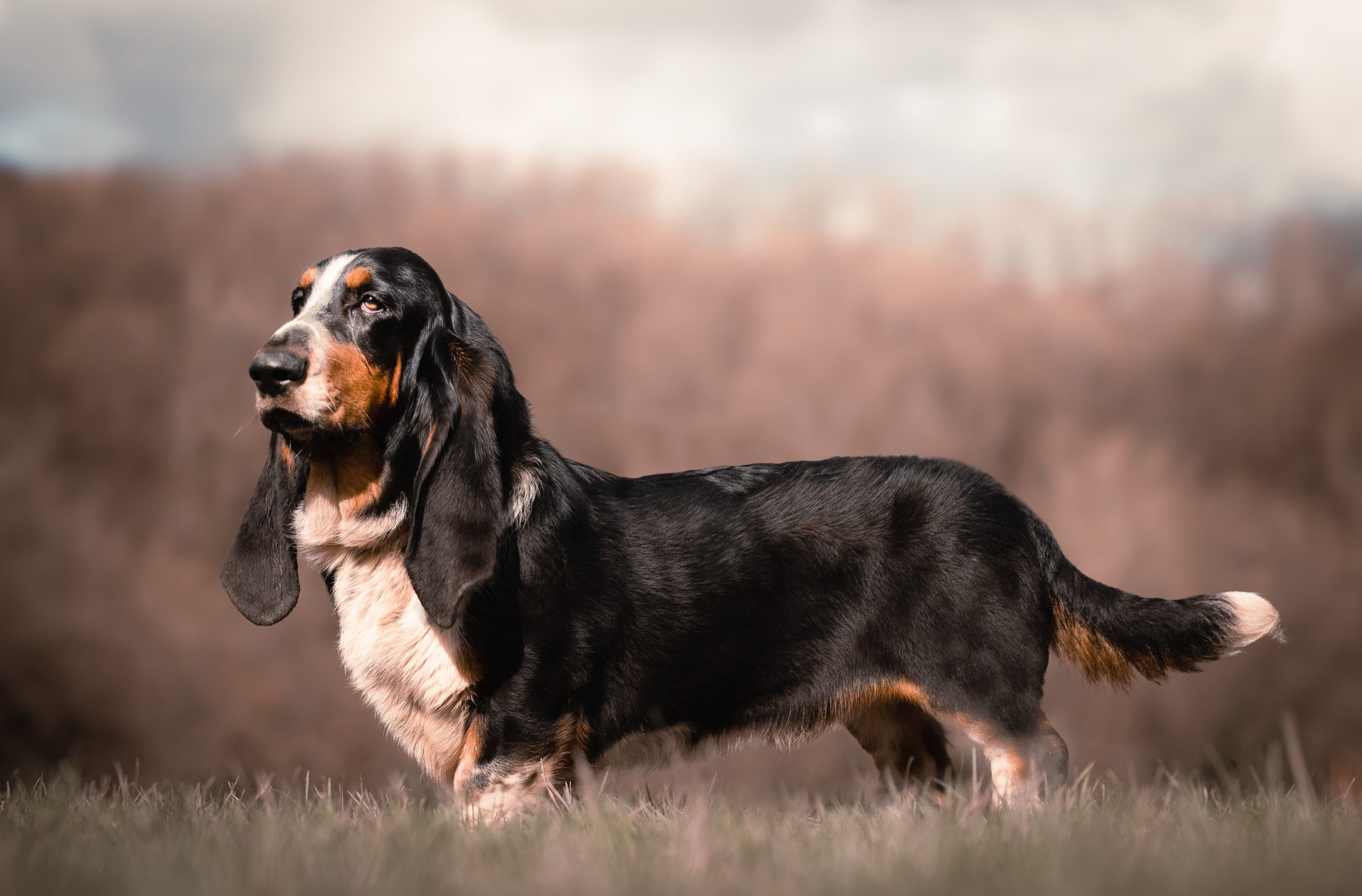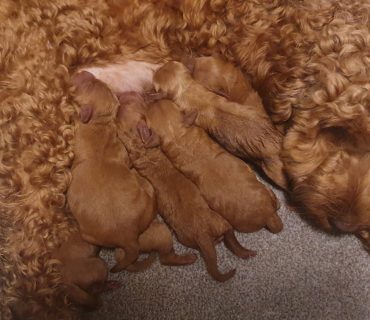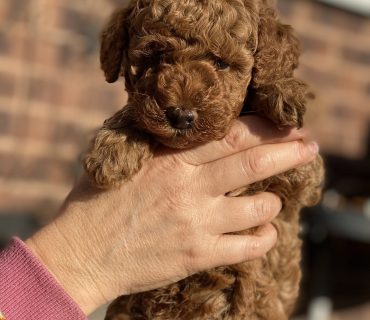Breeding your dog for the first time can be a daunting task especially if you have nobody experienced mentoring you. There are so many interrogations new dog breeders have in their mind about dog breeding so we’ll try to answer them right here.
Each dog breed has its own timeline when it comes to pregnancy and cycles; this is why it is almost impossible to give precise answers using numbered years, for example. Small breeds tend to come into heat more often while giant breeds divide this number by three or four. The same goes for life expectancy, while some breeds have it set around 8 years, many others double it.
Some answers are purposefully short but accompanied with a link for further reading. We focused on providing first-time dog breeding information.
How old does a dog have to be to breed?
This is a difficult question because doing it too soon is most likely going to stress the bitch and knowing when too early is can be tricky. As a rule of thumb, a responsible breeder will wait for his bitch to be at least 18 months of age in order to start breeding her. Never breed her on her very first heat since she isn’t yet fully fertile.
How old is too old to breed your dog?
The age limit for breeding a dog depends on the sex of that dog.
A female’s fertility will decline sharply from 5 years old as her body becomes a little less able to cope with a whole pregnancy and the nursing of the delivered litter. Female dogs, unlike women, do not go through menopause, therefore, they never really cease their cycles. Instead, the regularity of their estrous cycle (heats) changes and instead of being four times a year, it goes down to once or twice a year. The female is technically still fertile but a lot less than when she was in her prime time. Getting her pregnant will turn out to be very difficult and even if you do, risks of stillborn puppies increase while the puppy count sharply declines.
The age of a male is less relevant as they are able to reproduce until much later in life; however, they face the same issue than their female counterparts. The older they get, the weaker their sperm becomes and once they enter the senior stage, they tend to fail most ties.
What does prime time mean in dog breeding?
The prime time when discussing dog breeding is the few years starting from 18 months of age until her puppy count sharply declines, usually around her 5th or 6th year of age.
This is the best time to breed a female since her fertility is at an all-time high thanks to high progesterone levels. Her body is also able to cope with the tiring pregnancy and draining delivery of the puppies followed by their nursing. A first-time pregnant dog will inevitably struggle a little bit but she will get better at it over time.
What day of the heat cycle should my bitch be bred on?
Roughly 11 to 13 days after the bleeding has started, the female should be ready for mating. Usually, you can notice the bleeding has thinned down to a more pinkish colour but this is not always the case.
The best way to figure this out is to put both dogs together and see whether your Dam is in the first or second stage of her estrous cycle:
-
on the first stage of your female’s heat, she will be aggressive towards the male and won’t let any stud approach her
-
on the second stage, the bitch will become a lot more receptive and flirtier with the stud
The second stage is when you should be able to see the female flagging her tail and the male trying to mount her.
Otherwise, you can visit your vet or a canine fertility clinic on her first day of heat and they will be able to set up a schedule for progesterone blood tests on days 7 to 11 in order to tell you when the best moment for mating is. Alternatively you can use Cytology through a canine fertility clinic (Swab your bitch and place under a microscope to check if she’s ovulated) This is the best option when you are using artificial insemination.
How long is the pregnancy of a dog?
The gestation period in dogs lasts between 58 and 68 days, with an average of 63 days or roughly two months. The breed, size, and type of your female dog does not matter; your bitch should still give birth to her litter of puppies in the aforementioned timeframe.
Obviously, a vet should monitor your female’s gestation just to know how many puppies she is carrying and to make sure she is perfectly coping with her pregnancy. Closer to the delivery day, your bitch will suddenly drop her rectal temperature which will be a sign of imminent labour.
How many puppies could my dog have?
The puppy litter size is mainly defined by the size of the dog:
Each breed has an average puppy count given as a range because other factors will determine which end of this spectrum she will lean towards.
We’ve written a comprehensive article discussing what influences a puppy litter size but in short, here are the top factors coming to play besides the dog’s size:
-
Coefficient of Inbreeding — a high coefficient of inbreeding will significantly reduce the litter size
-
Age of the Dogs — the quality of the sperm declines with age as well as the female’s fertility
-
Health of the Dam — a weak female won’t be able to cope with a lot of puppies
-
Diet of the Dam — study shows a high-protein diet often increased the size of the litter
-
Size of the Gene Pool — limited gene pools a known to produce smaller litters






